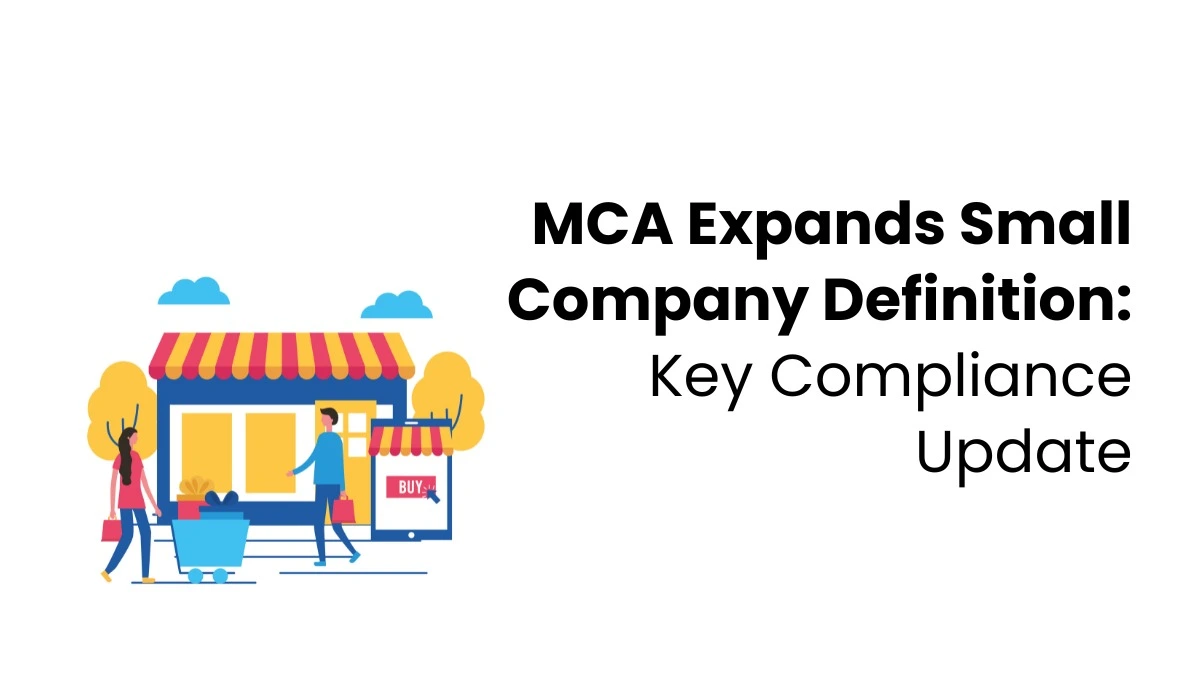Working Capital is the main lifeblood of every business. It is the only factor that helps businesses pay their suppliers and promote company growth. But many businesses are struggling to meet the financial requirements in their daily operations. Certain problems, like delayed payments from customers or having too much stock, can affect the ability to keep cash for further growth of the company. In this scenario, the concept of working capital management becomes relevant. Using the company’s current assets and liabilities wisely can rectify this problem. This wise act will ensure the smooth cash flow and financial stability. In this blog, we will discuss working capital management in detail.
What is Working Capital Management?
The process of managing working capital is known as working capital management. In other words, it is the maintenance of cash flow to support various business operations. In this process, there are specific sub-processes such as planning, monitoring, and efficient usage of working components to ensure sufficient cash flow in every part of the organization which requires working capital. Understanding the principles of working capital management is very crucial in the financial growth of the company.
Working Capital Calculation
To calculate working capital, we need to understand its components. The components are listed below:
- Current Assets
- Current Liabilities
Current Assets: These are short-term financial assets that can be converted to cash within 1 year, such as cash, accounts receivable, and inventory.
Current Liabilities: These are the company’s short-term financial obligations due within one year, such as accounts payable, wages, and short-term loans.
First of all, you have to determine the total value of the current assets and current liabilities. Now, you have to do a formula calculation:
Working Capital = Current Assets -Current Liabilities
Example for Working Capital Management
We understood what is working capital management. Now, just imagine a small shop named ABC. This Shop has Current Assets of Rs . 80,000. This includes cash, money from customers, and stock. It also has current liabilities of Rs. 45,000. This includes the amount the shop has to pay to suppliers and others. To calculate the working capital, use the formula below:
Working Capital = Current Assets – Current Liabilities
= Rs. 80,000-Rs. 45000
= Rs. 35,000
From this, what do we understand? The company named ABC has a working capital of Rs. 35,000, which means it has enough money to pay its short-term bills and still have some left for daily business needs. Join a working capital management course to learn more about examples of working capital management.
What Is Working Capital Ratio?
The Working Capital Ratio, also known as the current ratio, is used mainly to measure a company’s ability to cover its short-term liabilities with short-term assets. A greater working capital ratio indicates that the company has enough assets to cover its liabilities. A lower working capital ratio indicates that there are many liquidity issues. A working capital ratio between 1.2 and 2 is generally considered healthy. Frequent checks of this ratio ensure the company has sufficient funds to cover its daily operational costs.
Working Capital Ratio = Current Assets/ Current Liabilities
A working capital ratio below 1 indicates that the company’s liabilities exceed its assets. If the ratio is above 2, it shows that the company is not effectively utilising its assets to generate revenue.
Example For Calculating Working Capital Ratio
Consider a company named XYZ, whose current assets are Rs 25,000 and its current liabilities are Rs 40,000. To calculate the working capital ratio, use this formula:
Working Capital Ratio = Current Assets/ Current Liabilities
= Rs 25,000/ Rs 40,000
= 0.63
This means the financial health of XYZ is not strong, and the company does not have enough assets to pay its short-term debts. So, we understand that this company, XYZ, is at financial risk.
How to Improve the Working Capital Ratio?
To improve the Working Capital Ratio, we can take specific steps as given below:
- Reduce Liabilities by paying off short-term debts
- Increase assets by increasing accounts receivable
- Optimize Inventories to check stock availability
- Control Operating Expenses to avoid unnecessary liabilities
- Take short-term Business Loans to boost liquidity temporarily

Other Useful Ratios
- Quick Ratio: This is the current ratio without inventory. A quick ratio above 1.0 shows that the company is in short-term financial health.
Quick Ratio = (Current Assets – Inventory) ÷ Current Liabilities
- Cash Conversion Cycle (CCC): The CCC measures the time required for a company to convert its investments in inventory into cash flows from sales. If CCC is shorter, it is considered efficient as businesses will recover cash more rapidly to invest elsewhere.
- This can be calculated by using the formula given below:
CCC = DIO + DSO – DPO
Where DIO = Days inventory outstanding
DSO= Days sales outstanding
DPO= Days payable outstanding
DIO measures how long it takes to sell inventory.
DSO measures how long it takes to collect receivables.
DPO measures how long it takes the company to pay its bills.
- Operating Cycle: In the same formulae above, if we omit DPO, then the remaining portion will be termed the operating cycle.
Operating Cycle=DIO+DSO
Operating Cycle is the time between buying inventory and collecting cash from its sale.
- Working Capital Turnover: To calculate the working capital turnover, use the following formula:
Working Capital Turnover=Net Sales ÷ Average Working Capital
This shows how effectively a company uses its working capital in order to generate revenue.
- Days Working Capital (DWC): DWC is the number of days required for converting working capital into revenue. A lower DWC is recommended as the company requires only a small working capital to generate sales.
Days Working Capital = (Average Working Capital ÷ Net Sales) × 365
Importance Of Working Capital Management
Now we have understood what is working capital management. Now we can check why it is important. The working capital management is crucial for businesses because of the following points:
- Enough Working Capital ensures that a company has enough cash to meet its financial obligations. Whenever unexpected expenses occur, this working capital will come to the rescue.
- Streamline operations, including optimizing inventory levels, accounts receivable, and accounts payable.
- If we maintain proper working capital management, we can reduce costs associated with excessive inventory or high debt levels.
- If a company maintains a good level of working capital, it can be used to expand operations, invest in research and development, or acquire new assets.
- Effective working capital management will reduce financial risks associated with cash flow fluctuations.
Tips To Improve Working Capital Management
To improve working capital in 2025, we have to adopt innovative techniques. If you need better liquidity and long-term growth, you must work on your working capital optimization. To secure several jobs in kochi, these tips will be very handy for you.
To improve working capital performance,
- Use AI-enabled inventory management techniques such as Just-in-Time (JIT) and Economic Order Quantity (EOQ) to prevent stock shortages.
- Use automated invoicing and smart reminders, and AI-driven accounts to help follow up with customers based on the payments they have made.
- Always pay suppliers on time to maintain strong relationships. Also, use AI-based Payment scheduling tools to balance discounts and other capital needs.
- Use advanced cash forecasting models to forecast future cash flows and plan accordingly, and support scenario planning to prepare for best- and worst-case liquidity outcomes.
- You have to monitor the KPIs to improve working capital management continuously.
Conclusion
Understanding the principles of working capital management and other facts related to working capital ratios is very important for pursuing a career in finance or business. Understanding all the factors that lead to financial stability will enable you to make strategic decisions beneficial for your company. Managing working capital will reduce your company’s financial risks. Knowing this vital knowledge will allow you to become a standout candidate who helps the company achieve the top position of financial health. In short, learning working capital management helps you maintain healthy cash flow and financial stability. You can further build these skills through short-term courses you can study after MBA to advance your career.
FAQs
1. What does working capital mean?
It means the money a business uses for its daily activities.
2. Why is working capital important?
Because it helps a business run smoothly without cash problems.
3. How do you calculate working capital?
Working Capital = Current Assets – Current Liabilities.
4. What happens if working capital is low?
The business may struggle to pay bills or buy materials on time.
5. How can a company improve its working capital?
By collecting payments faster and controlling expenses.










